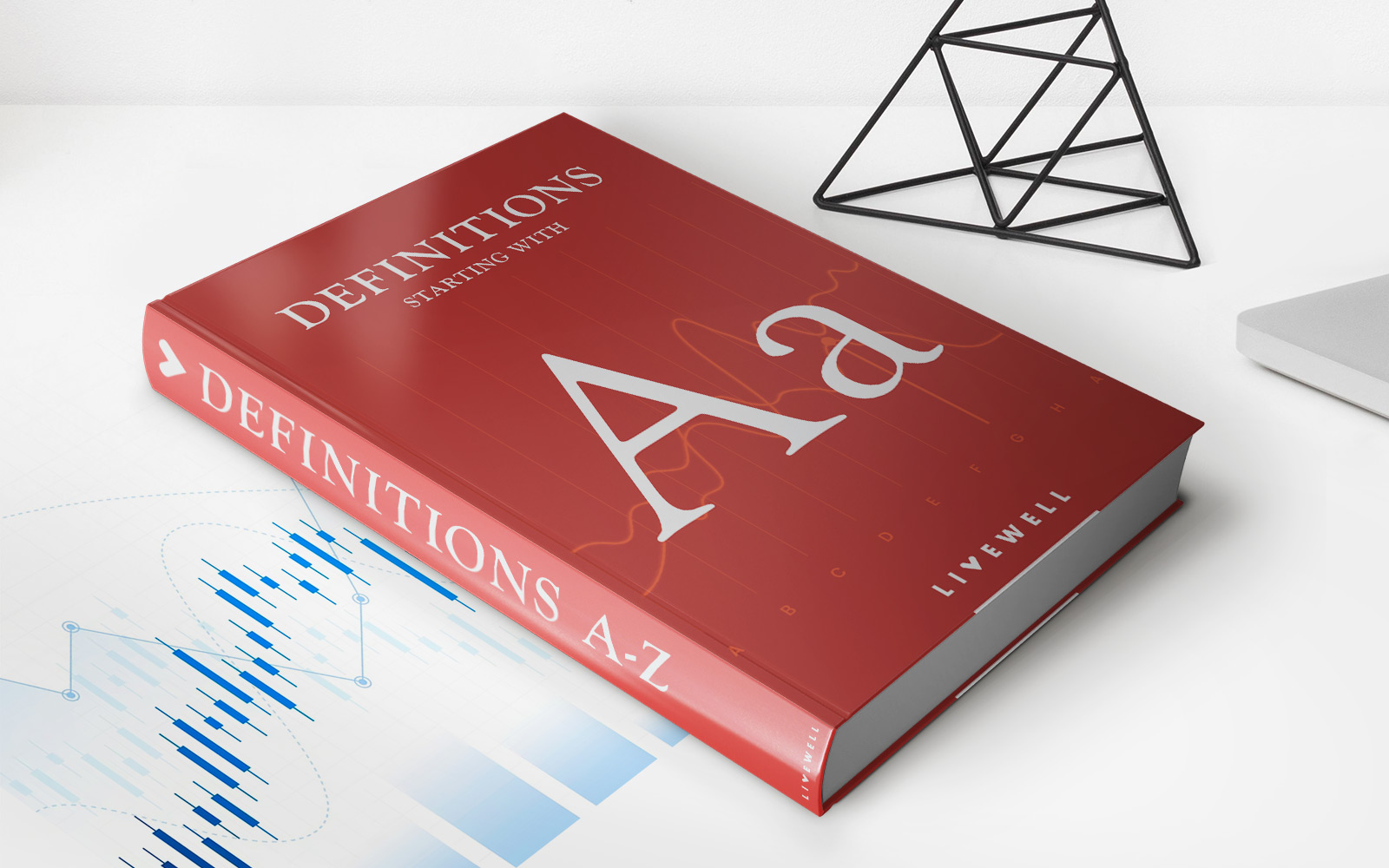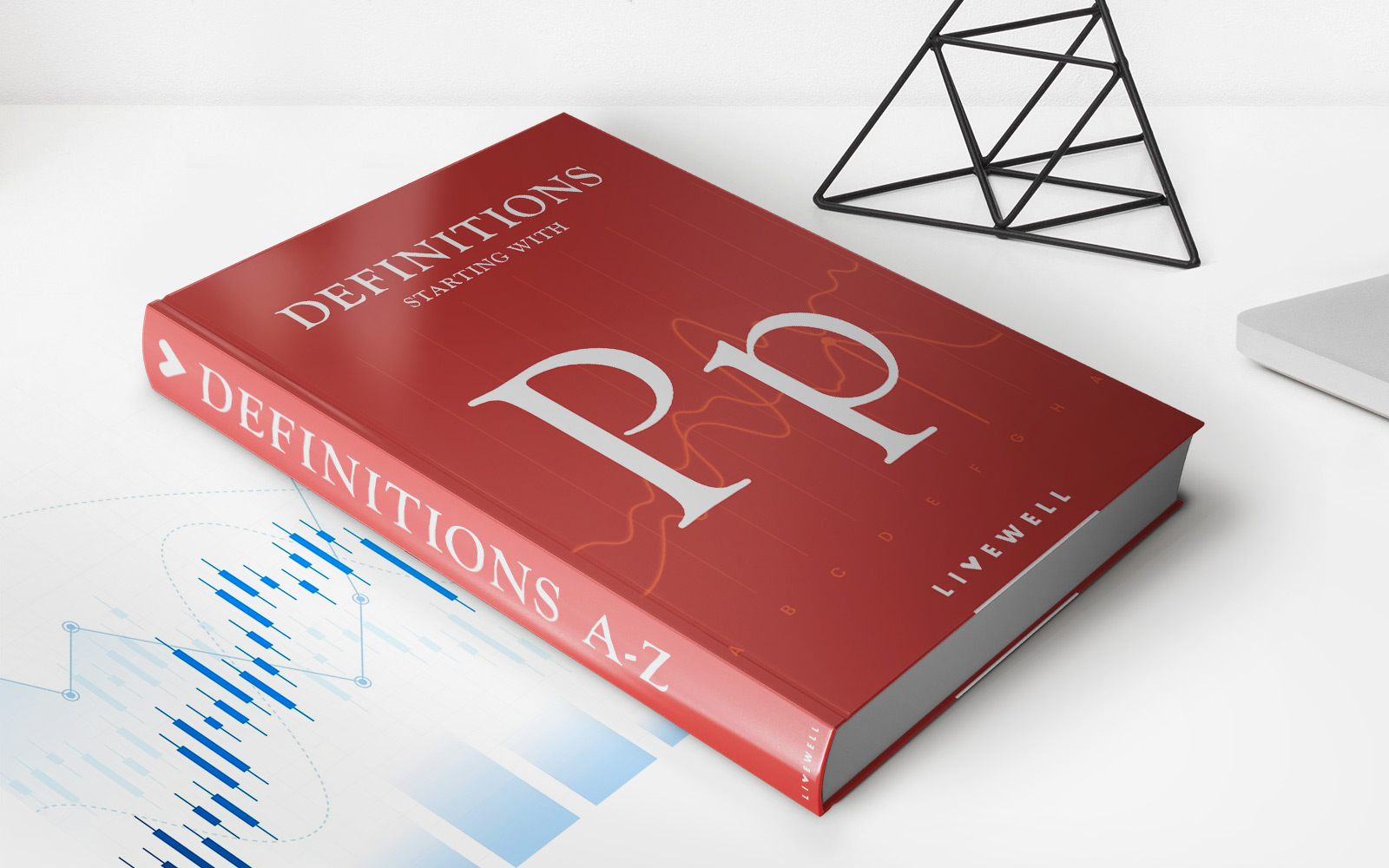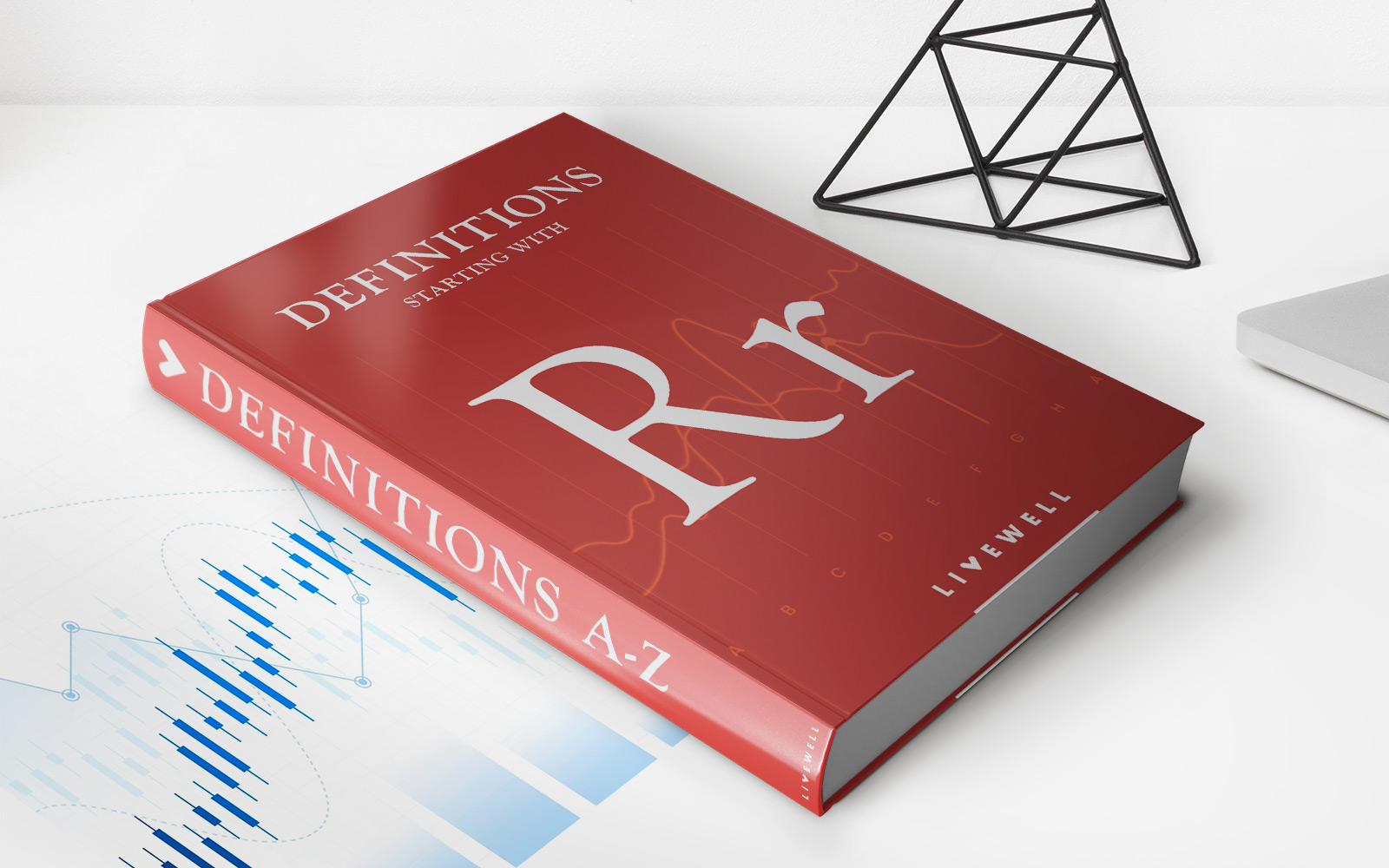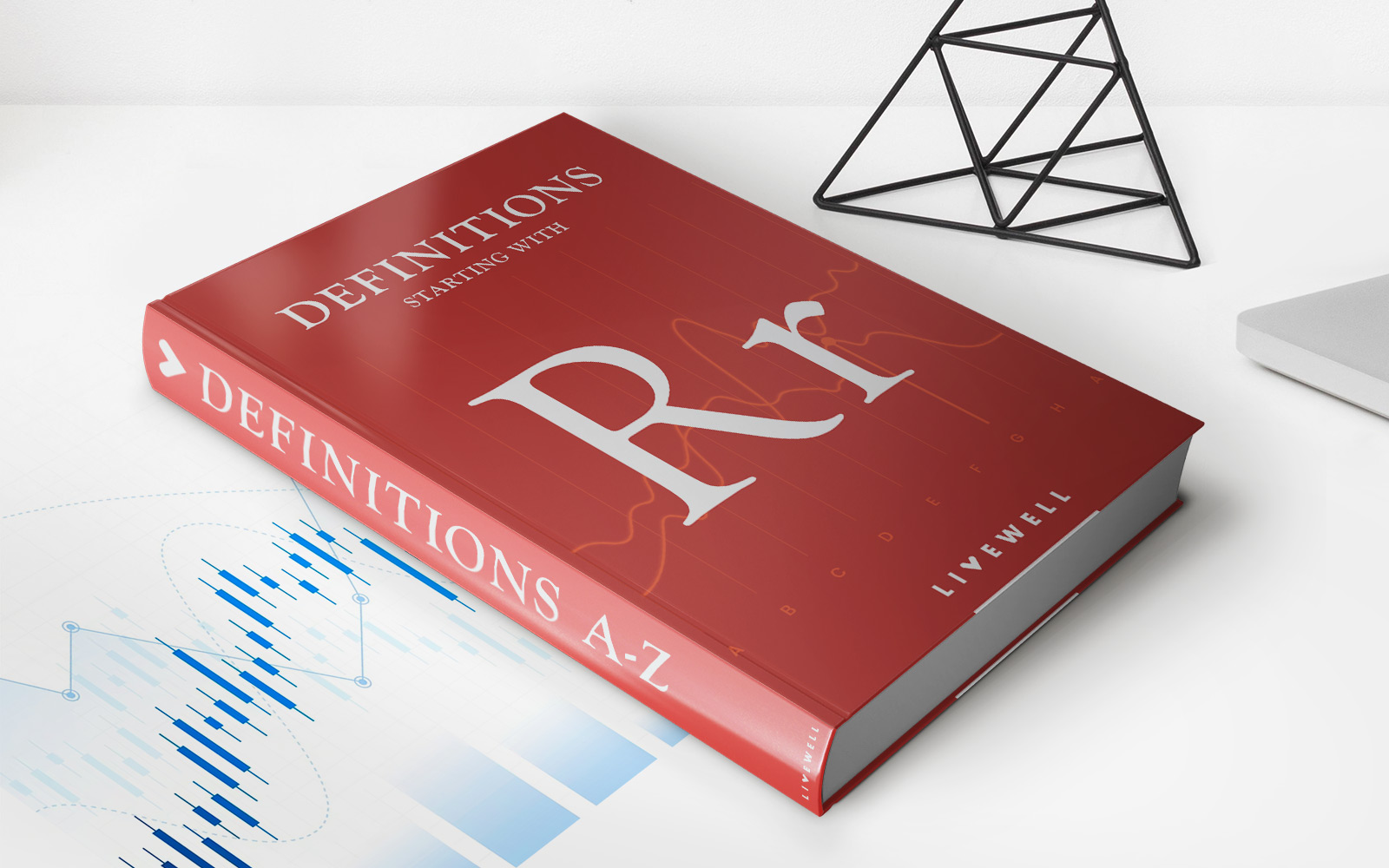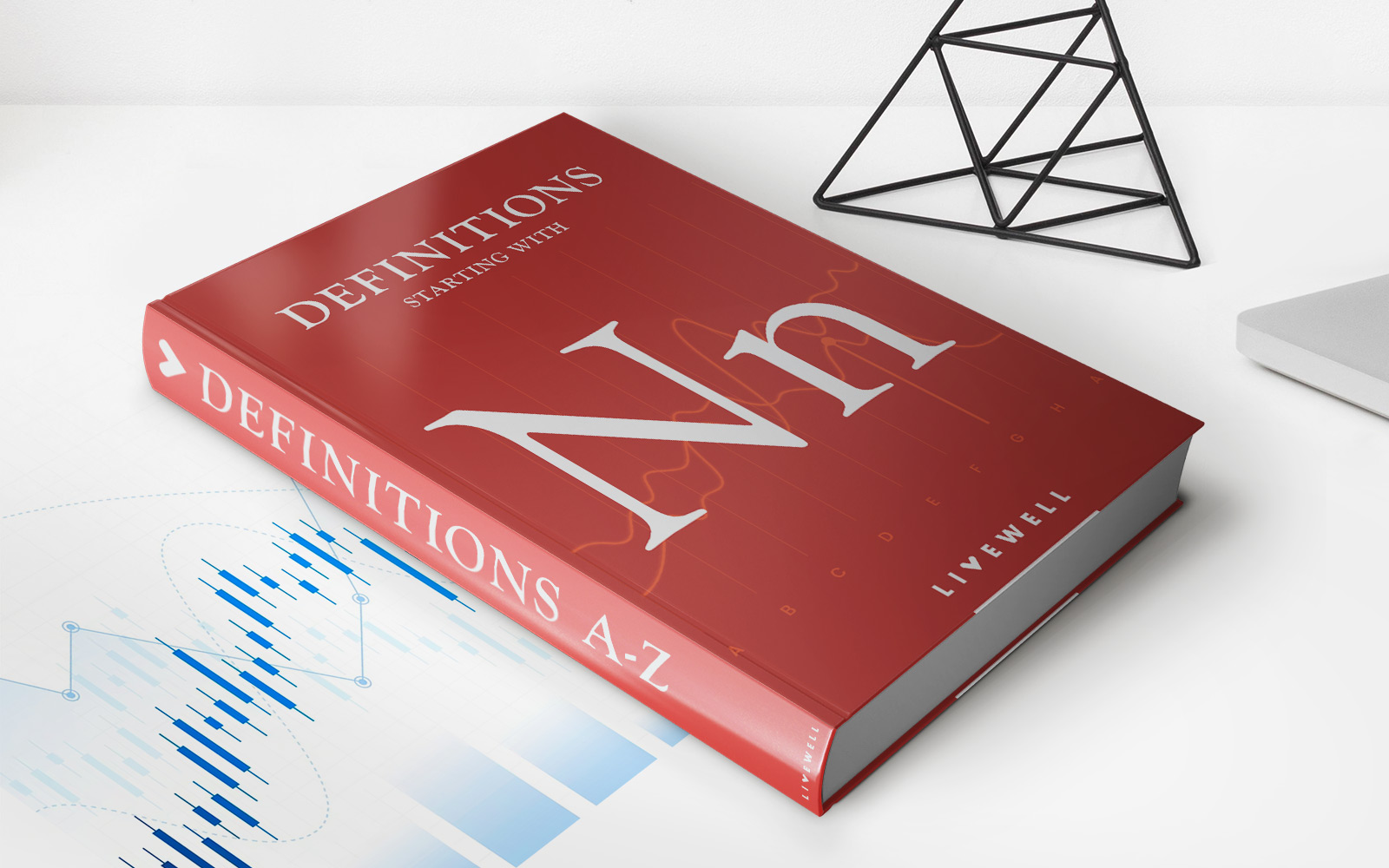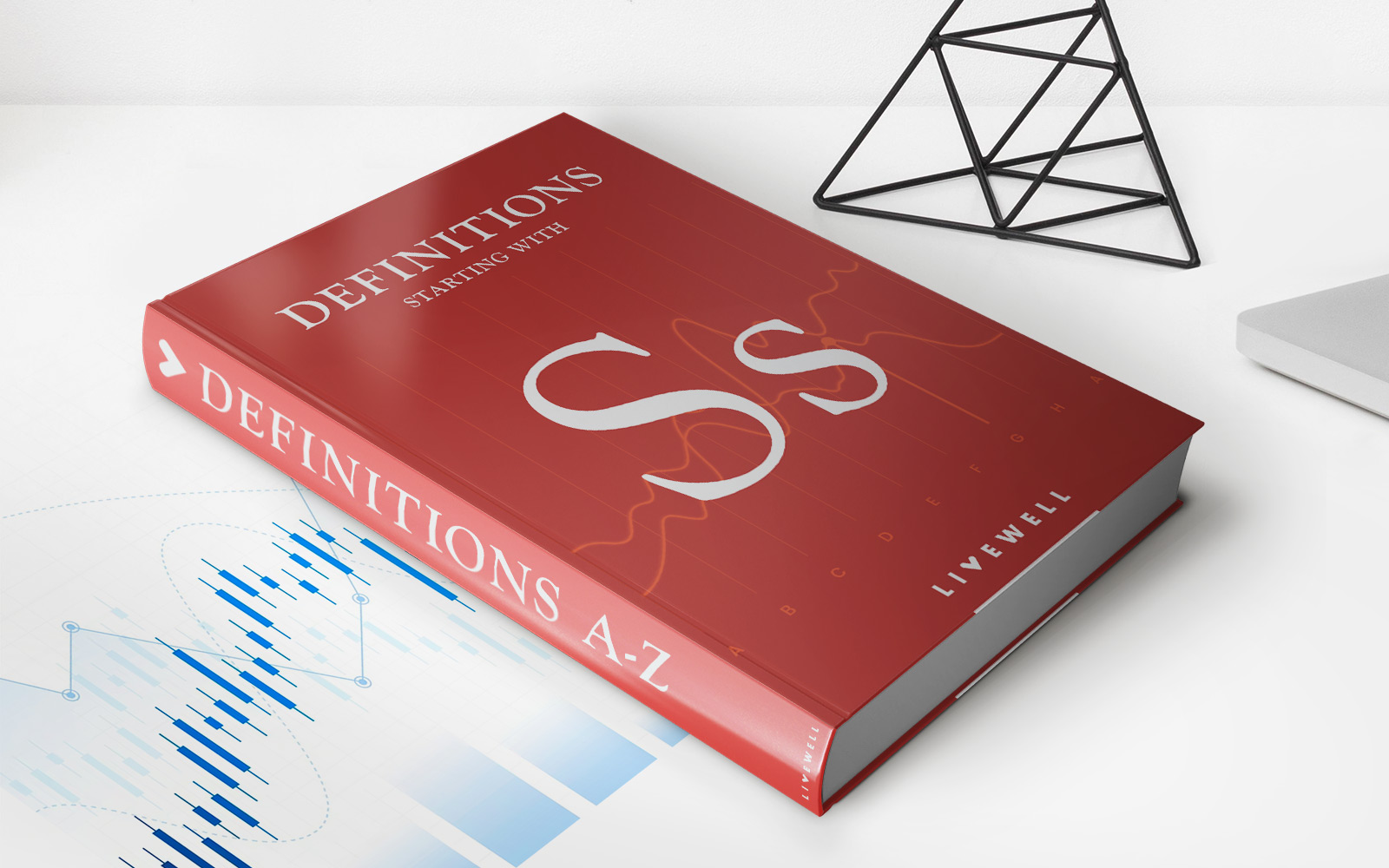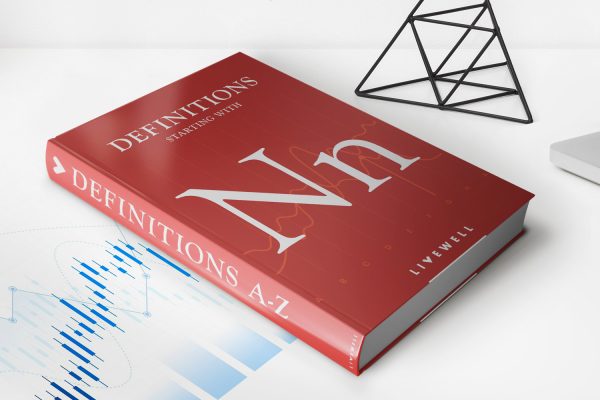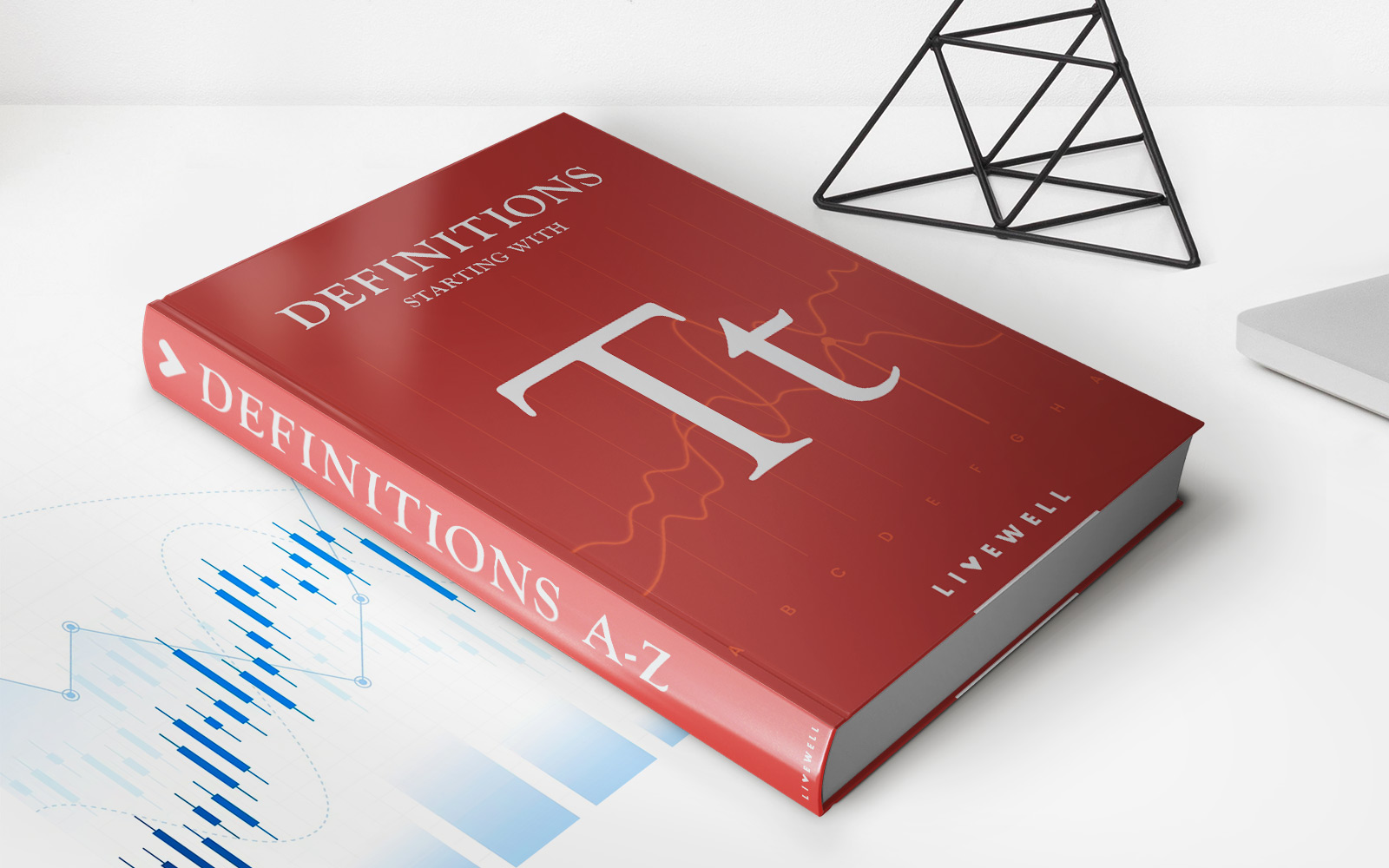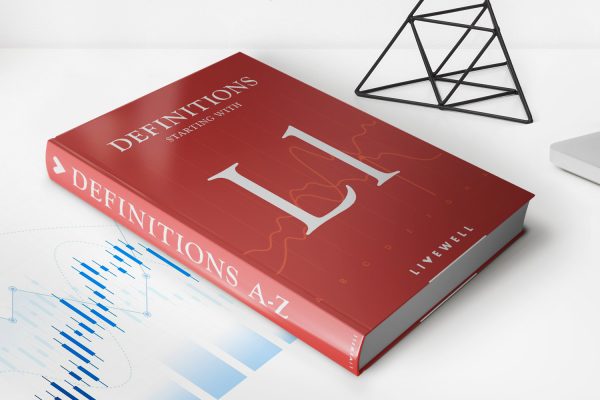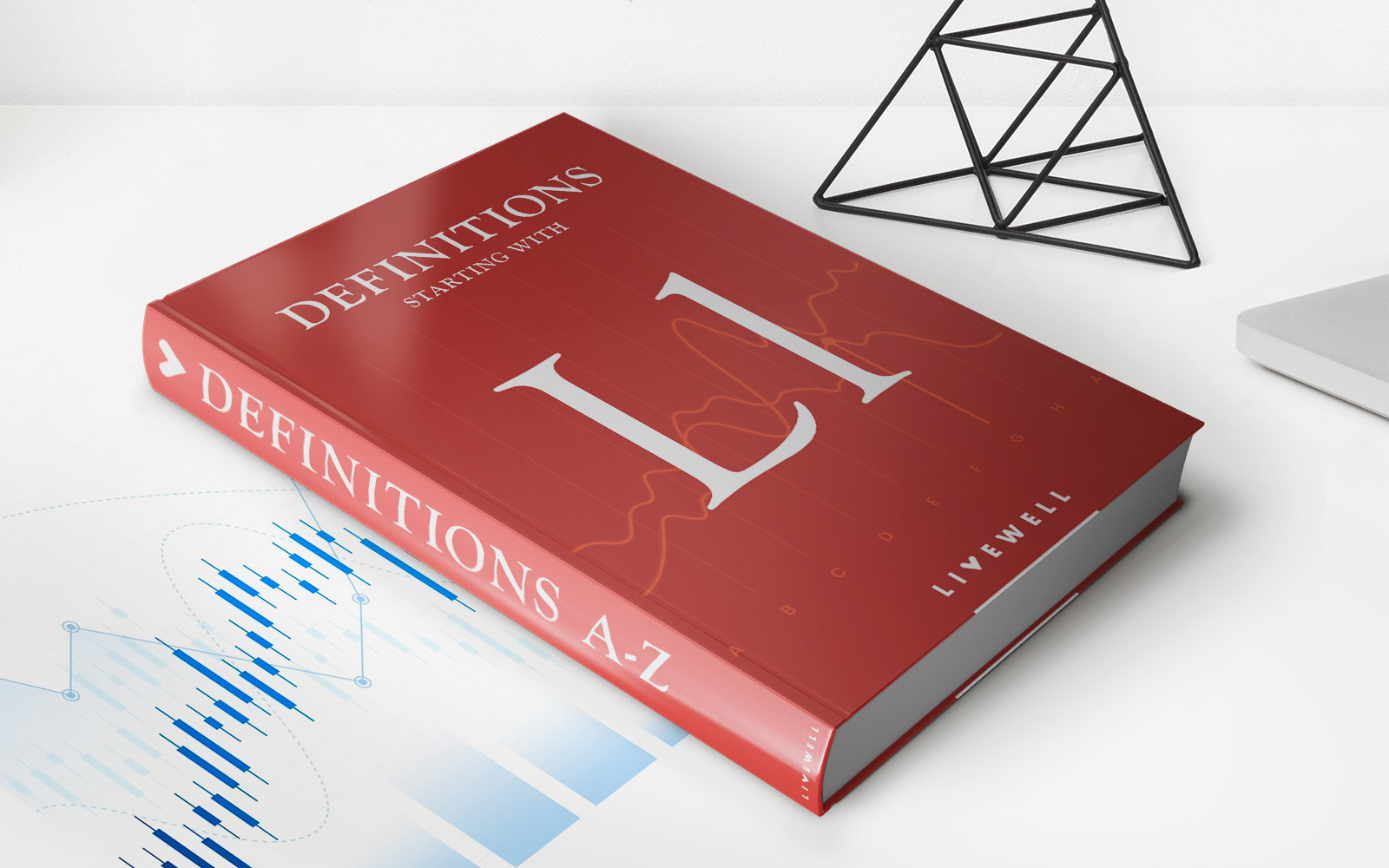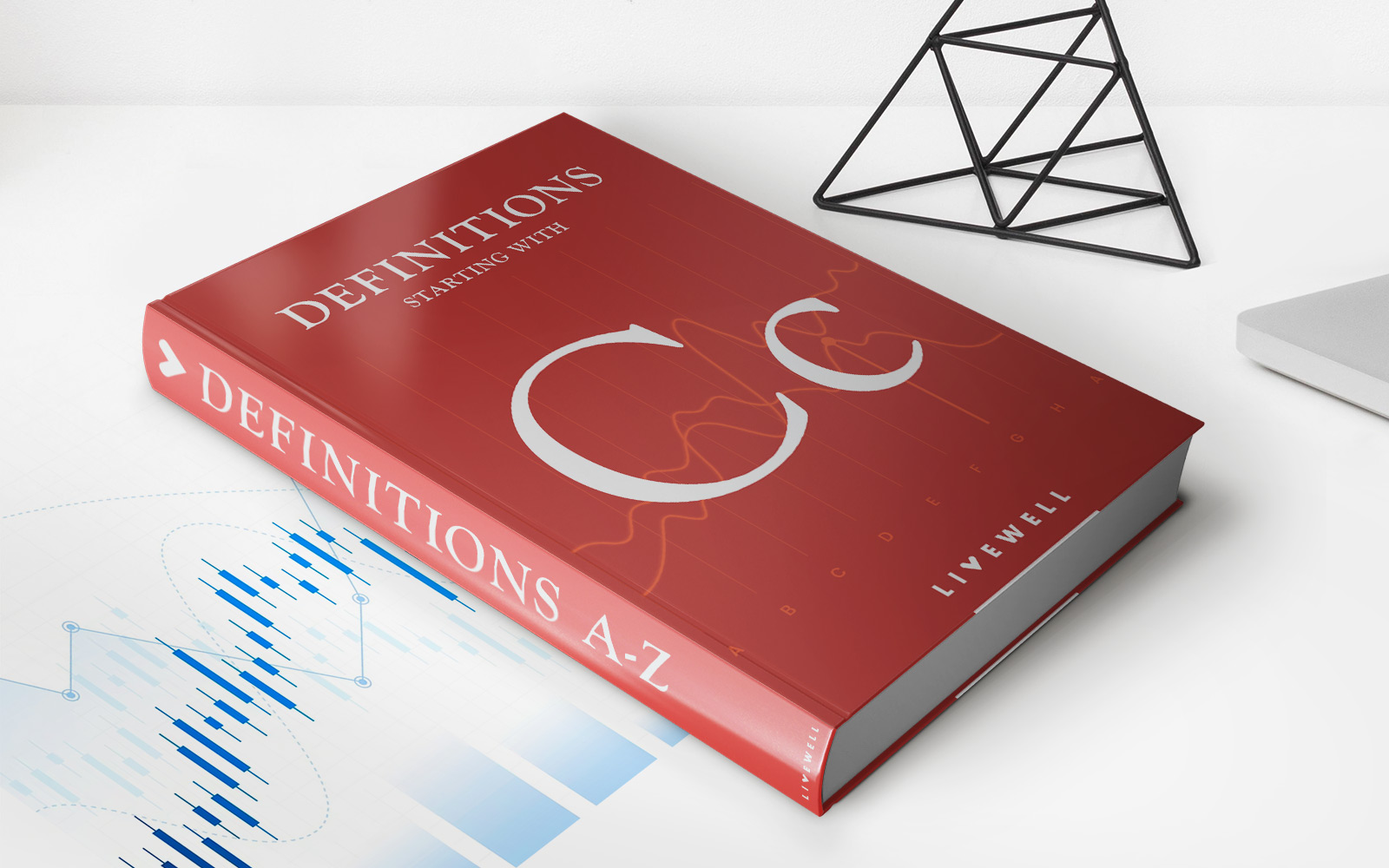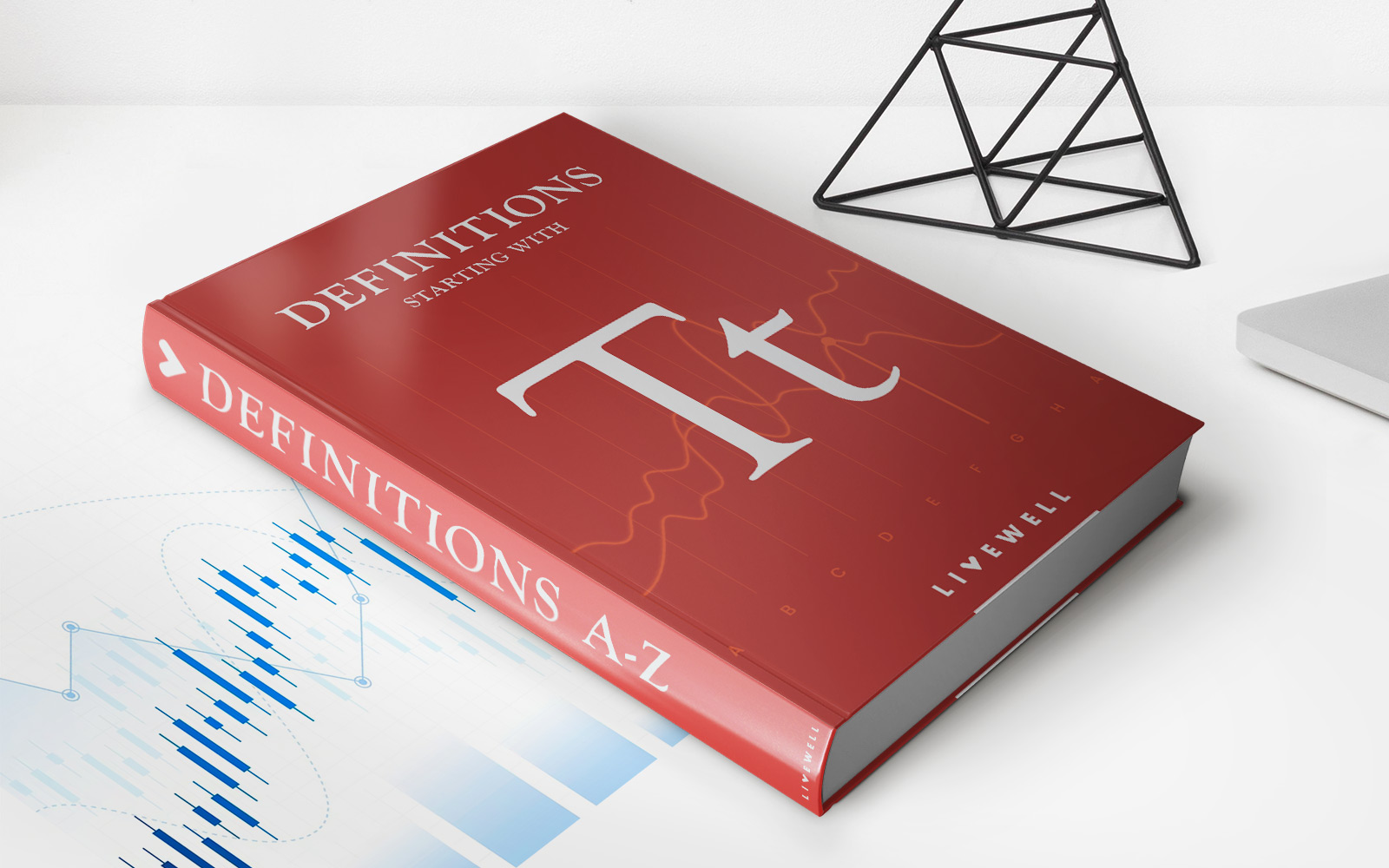Home>Finance>Chicago Mercantile Exchange: Definition, History, And Regulation
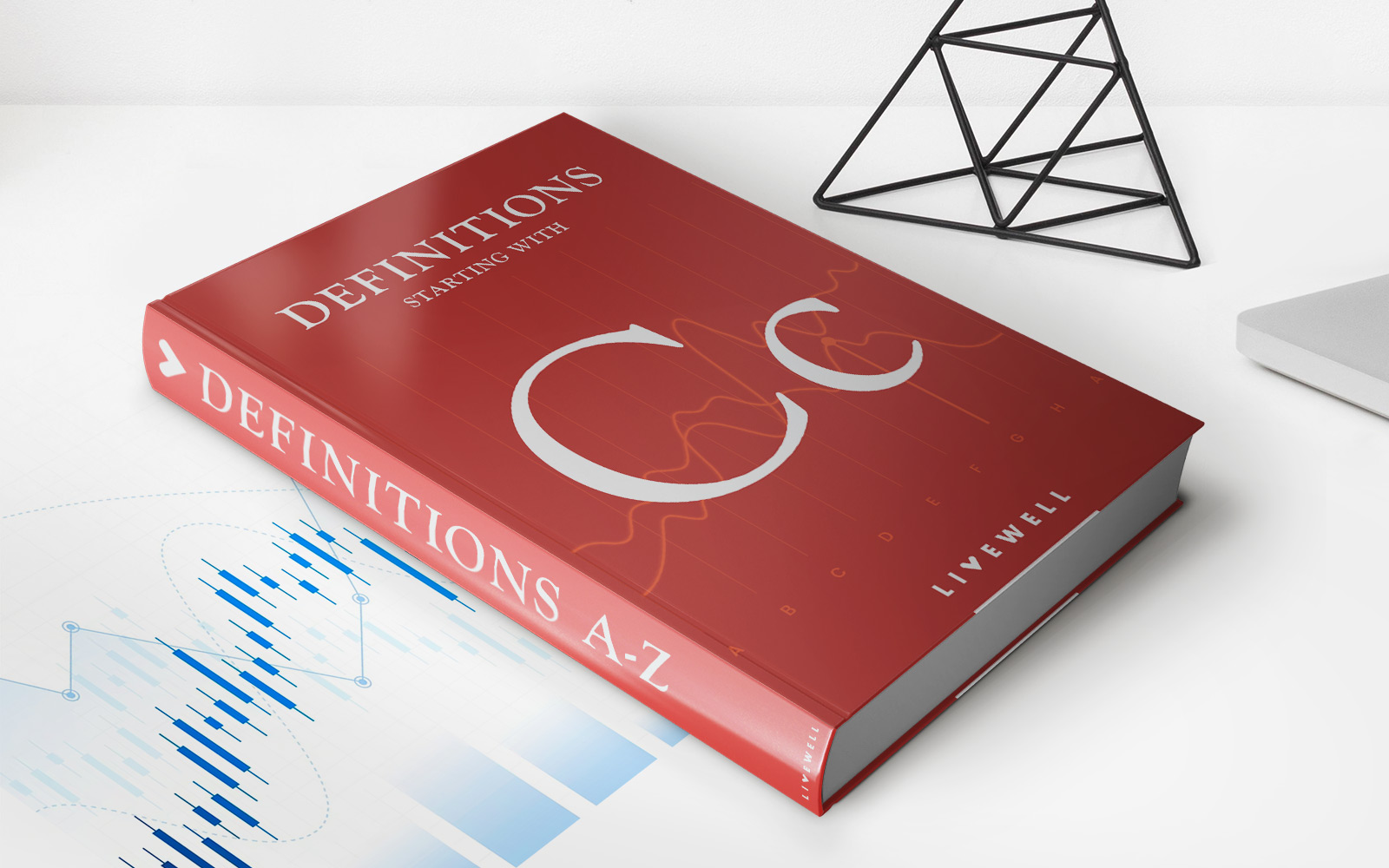

Finance
Chicago Mercantile Exchange: Definition, History, And Regulation
Published: October 26, 2023
Discover the definition, history, and regulation of the Chicago Mercantile Exchange, a leading financial institution in the world of finance.
(Many of the links in this article redirect to a specific reviewed product. Your purchase of these products through affiliate links helps to generate commission for LiveWell, at no extra cost. Learn more)
Chicago Mercantile Exchange: Definition, History, and Regulation
Welcome to our Finance category, where we dive into various topics related to the world of finance. In this blog post, we will focus on the Chicago Mercantile Exchange (CME), its definition, history, and the regulations that govern its operations. If you’re curious about how this exchange works and its importance in the financial industry, you’ve come to the right place. So, let’s get started!
Key Takeaways:
- The Chicago Mercantile Exchange (CME) is one of the largest futures exchanges in the world.
- It offers a wide range of financial products, including futures, options, and derivatives.
Definition
The Chicago Mercantile Exchange, commonly known as the CME, is a global derivatives and futures exchange. It provides a platform for trading various financial products, including futures contracts, options, and other derivatives. Traders use the CME to hedge risks, speculate on future price movements, and manage their portfolios.
History
The history of the CME dates back to the mid-19th century when it was known as the Chicago Butter and Egg Board. Over the years, the exchange evolved and expanded to include agricultural commodities, such as wheat and corn. It later incorporated a wide range of financial products, including interest rates, stock indexes, and foreign currencies.
In 2000, the Chicago Mercantile Exchange merged with the Chicago Board of Trade (CBOT), creating the CME Group. This merger positioned the CME Group as the largest futures exchange in the United States and one of the leaders in the global derivatives market.
Regulation
As a financial exchange, the CME is subject to regulatory oversight to ensure fair and transparent trading practices. The Commodity Futures Trading Commission (CFTC) is the primary regulatory body that oversees futures and options trading in the United States, including the activities of the CME.
The CFTC enforces rules and regulations to protect market participants from fraud, manipulation, and abusive practices. It also ensures that the CME operates in compliance with applicable laws and regulations. Additionally, the Financial Industry Regulatory Authority (FINRA) plays a role in regulating brokerage firms and their activities on the CME.
Through strict regulatory oversight, the CME fosters trust in the financial markets, facilitating efficient and reliable trading for participants worldwide.
Conclusion
The Chicago Mercantile Exchange (CME) is a vital player in the global financial industry. Its deep-rooted history, diverse range of financial products, and stringent regulatory compliance have made it a trusted platform for traders looking to manage risks and capitalize on market opportunities.
Remember, understanding the workings of exchanges such as the CME can help you navigate the complex world of finance. Whether you’re a seasoned trader or an aspiring investor, staying informed about such institutions can contribute to your financial success.
We hope this blog post has provided valuable insights into the Chicago Mercantile Exchange and its significance. Stay tuned to our Finance category for more informative content on various financial topics.
